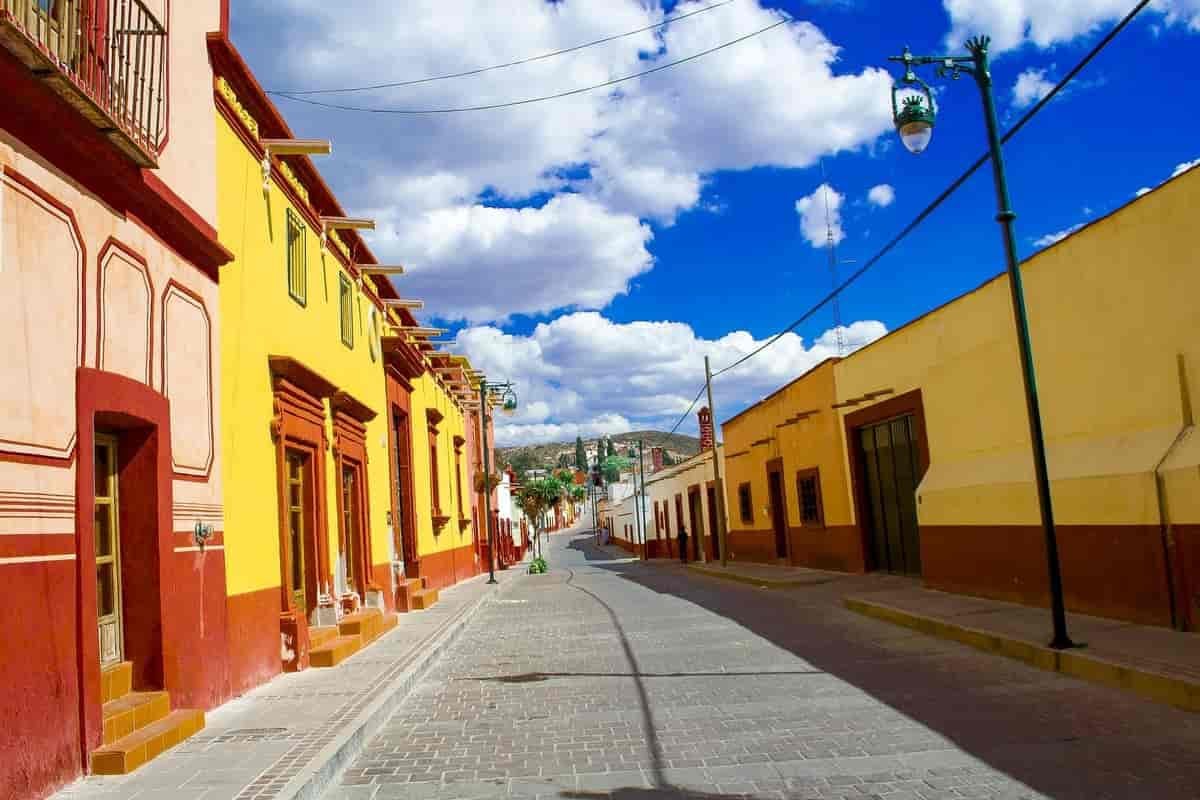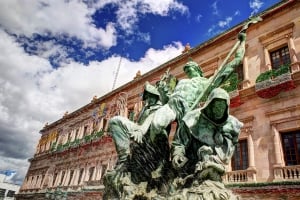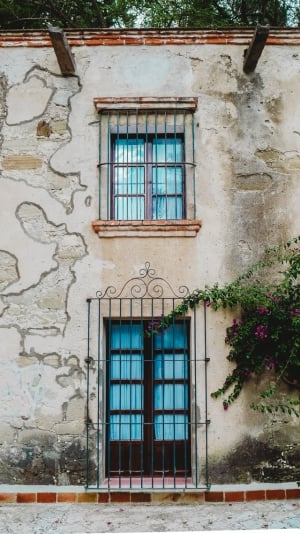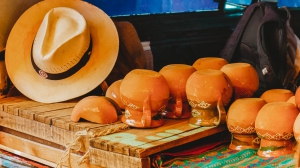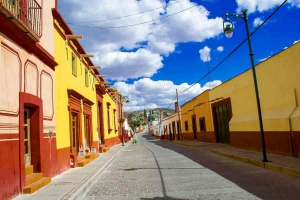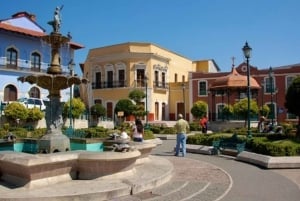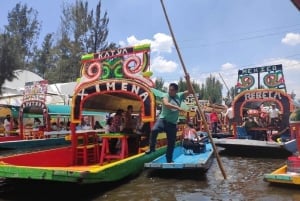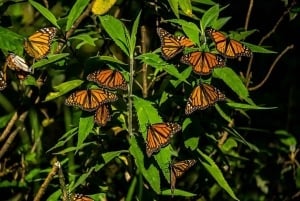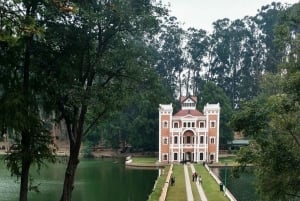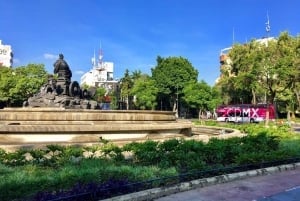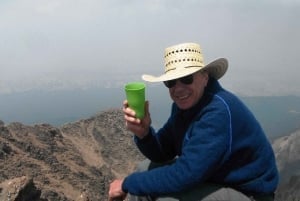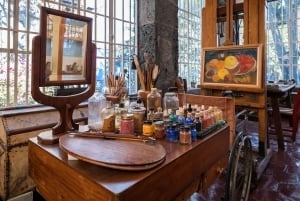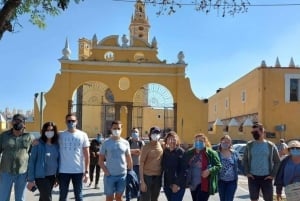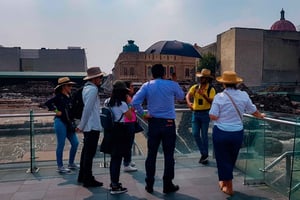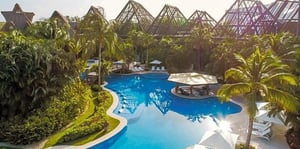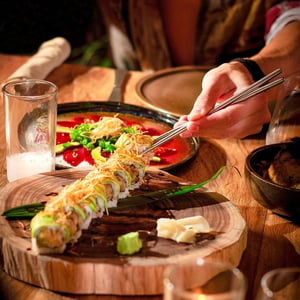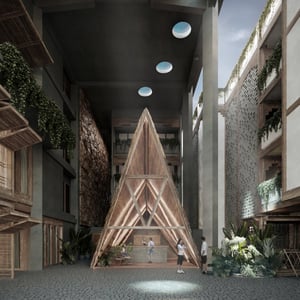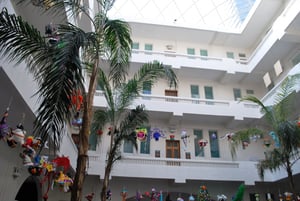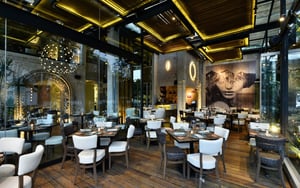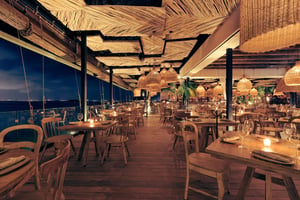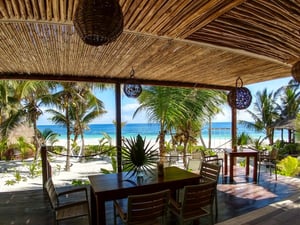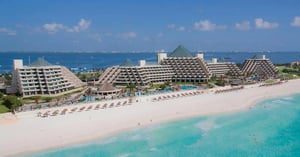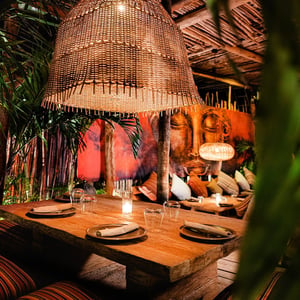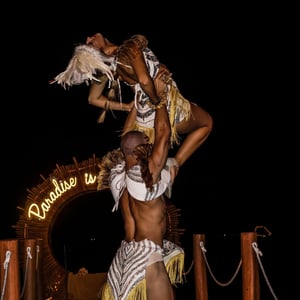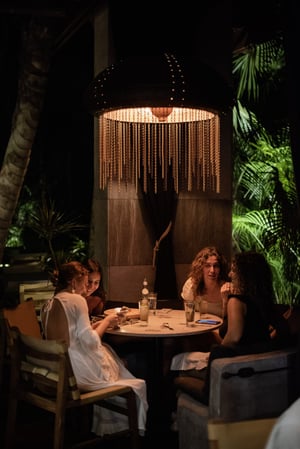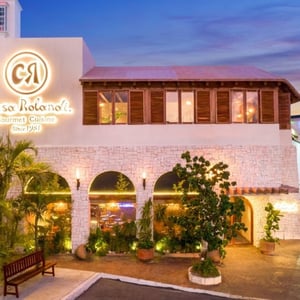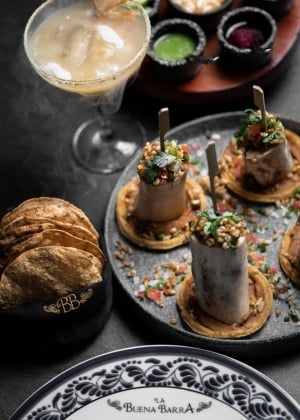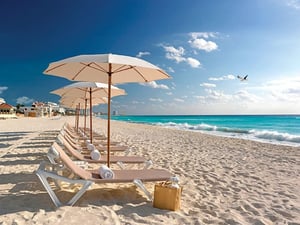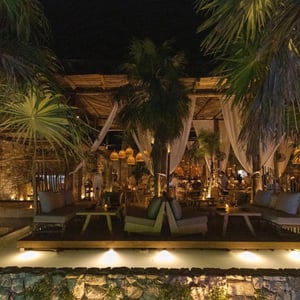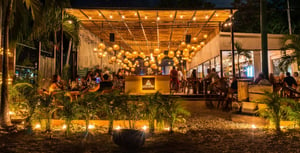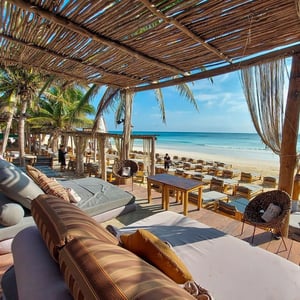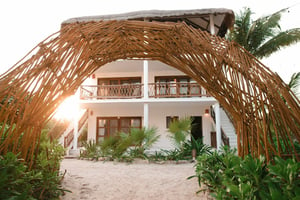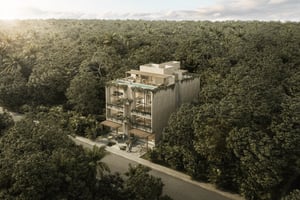Tlaxcala
There are over 1,000 archeological sites in the province.
The location of Tlaxcala is in East-Central Mexico. It is the Republic's smallest state with only 0.2% of the country's territory. Tlaxcala (Tlaxcala de Xicohténcatl) is the capital.
This region is located in the Altiplano, with the Sierra Madre Oriental overlooking the eastern section. The country lies on the north, east and south of Puebla, west of Mexico, and northwest of Hidalgo.
The climate is generally cool throughout the region. The average temperature is about 16°C (60°F) during the year. Normally the temperature is around 21 °C.
Tlaxcala, the smallest state in Mexico, is dense. Its economy is primarily dependent on agriculture, including maize and barley and dairy livestock and bulls. The woolen clothes and craftsmanship production, including woven serapes, are also noteworthy. Trains and road networks across the state and connect the city of Tlaxcala with Puebla and Mexico City.
The territory known as Tlaxcala has been officially known as a collective of a separate entity from the Indigenous Kingdom during the Pre-Colombian period, from a colonial Viceroyalty District of New Spain, from a Republic of Mexico territory, and eventually, from a 'free and independent' state in Mexico.
Culture:
Tlaxcala's craftsmen sculpted iron, silver, and pottery clay with fine physical labor and a vibrant imagination. San Sebastian Atlahapa's people give life to their pottery tone even without the assistance of instruments; the carnival masks achieve singular refinement at Tlatempan. A symbolic practice in Tizatlan is the creation of the elaborate canes or teponaxles that serve as a predictor of long life besides being a walking assistant device for the elderly ones.
Tourism:
Tourist destinations consist mostly of pre-Hispanic archeological and colonial sites with religious and civil buildings as examples. There are over 1,000 archeological sites in the province, with just seven fully excavated and open to the public.
Archeological sites such as Cacaxtla, Xochitécatl and Tizatlán are the chief attractions in Tlaxcala.
Regional dances of men in masks (imitating Spanish people) are known for their wide-feathered hats and colorful garb. This is particularly evident as over 4,000 folk dancers from numerous towns come to celebrate the capital during a carnival.
Gastronomy:
The richness of pre-Hispanic gastronomy in Tlaxcala begins with Spanish cuisine and thus offers one of the country's most exquisite mixed flavors. Tlaxcala cooks are now used for today's cooking of the finest Mexican dishes by ancient ingredients such as maize, pre-Hispanics, maguey, cacti, epazote, squash, parsley, green tomatoes, deer, turkey, and hares.
State cuisine is close to the surrounding districts of Hidalgo, Puebla, and Mexico City of barbacoa, mixiote, tamales, tacos, quesadillas, and more. A variety of ingredients in these dishes are well known for the state. A variety of edible insects, many of which are called tasty sweets, such as escamoles or maguey larvae, as well as other local goods such as padrecitos, mecapales, toritos or tenanas, are one of these.
A broad range of vegetable products includes mushrooms, squash flowers, chilacayote, xoconostle, and epazote (often cacti). Moles are an essential component as is neighboring Puebla, particularly for special occasion dishes. Mole prieto and mole de ladrillo are used in two local models.


